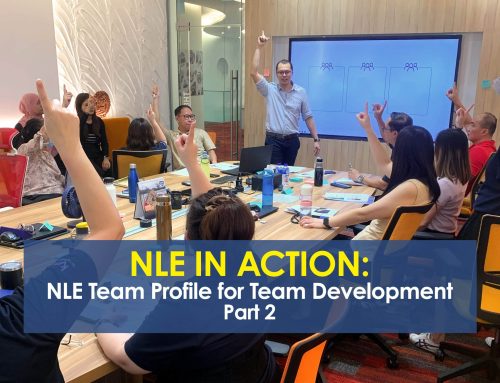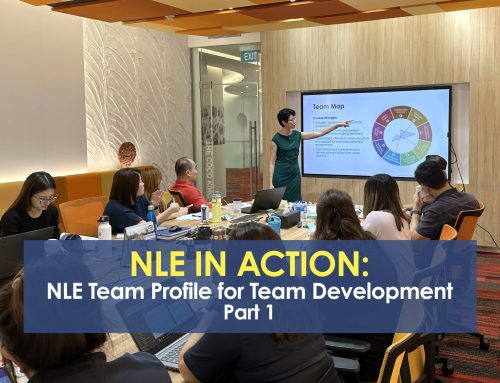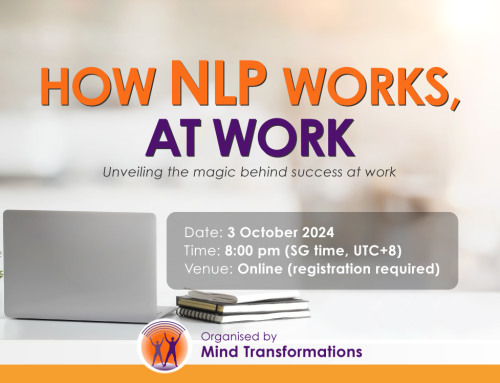The art of asking questions is often overlooked by leaders. In fact, many of them seldom ask, and more often tell.
The difference between asking someone a question versus telling/saying ...
... something to others is the effect on the brains of the recipients: our brains cannot NOT answer questions (but they can easily filter out “telling/saying” as background noise). When asked a question, especially a powerful one, the brain of the recipient will release serotonin that fires up the brain to search for answers. So a neural pathway is established - if the recipient knows the answer, the neural pathway will be reinforced; if not, neuroplasticity (development of new neural pathways) occurs.

6 leadership intents of asking questions
There are 6 leadership intents that a leader can consciously choose from when asking a question. Each intent serves a different purpose and drives different outcomes. As a leader, if you are already asking good questions, see if you have been using them appropriately to achieve these objectives.
This is the most common type of question - asked not just by leaders, but most of us. Leaders ask this set of questions to be in the know so they can get enough information to make the best decisions.
Some information gathering questions would be:
- What is the status?
- Who is involved?
- When do you want this?
- What is this for?
Leaders ask clarifying or validating questions to connect the dots, check the relevance or simply to confirm a data point. This set of questions is important to flush out certain biases or assumptions.
Some clarifying or validating questions would be:
- How is this relevant to that?
- How accurate/complete are these sets of data in this situation?
- Are we implying that __?
- Are they willing to close the deal with these final amendments?
For any people's interactions, a leader who has clarity on what the other party wants or needs, will be in a better position to drive the outcomes she wants.
In seeking understanding, asking the question is one thing, and listening for the answers is another.
Some questions that help to seek understanding would be:
- What is the impact on you?
- How is this important to you?
- What do you need?
- What can I do to support you?
Many leaders achieve this intent unintentionally. In my consulting work, I like to ask the employees "What do you think is important to your boss?", and they would tell me - it may or may not be what the boss perceives it to be. How do they know? From the amount of attention and time the boss has spent talking about it.
Asking questions to position the importance of something is a powerful stance - the team knows what’s taking up your mind space. A customer-focused leader will ask questions like:
- What do our customers want?
- How can we delight them?
- When can we deliver it?
For the next few meetings, ask someone to take note of the questions you have been asking and see what you have been focusing on. You may be surprised.
This is mentoring. A common perception of mentoring is that someone more senior in terms of expertise talks about their past glory or about themselves, and leaves it to the mentee to pick up what is relevant and applicable. This is incomplete.
Good mentors impart thought processes - how they view things (e.g. opportunities, problems, situations), how they challenge assumptions, what data points they take into consideration, how they connect the dots, etc. These are the important things.
Back to the effect on the brain between asking and telling, asking your team questions and taking them through your own thought process will help them focus on what to pay attention to, based on the way you think. For example, in the context of training them to put together a presentation deck for a senior management, here are some questions you can ask:
- What is the objective of this presentation?
- What do you want the audience to walk away with?
- What information might be useful for this audience?
- What data points would you consider?
- What level of detail might be appropriate?
- How would you structure it differently to emphasize the impact?
- If you had additional time to prepare this deck, what other aspects would you have looked into?
Imagine this: you can improve your team’s thought process without giving them your opinions, and they have the space to co-create their own solutions. Wouldn’t that be nice?
This set of questions are great for brainstorming or creativity. It is also predominantly found in coaching - where conversations open the mind.
Challenging thinking boundary questions aim to tackle existing assumptions or explore new territories. Some questions would be:
- Why not?
- What if...?
- What does it take to achieve this?
- What would make this problem irrelevant?
Many leaders have told me that they wished their teams could do more thinking. Asking questions is one of the most direct ways of elevating the thought process. When coupled with the intention purposefully, leaders can develop and grow their teams to perform at a much higher level.






